Table of Contents
Introduction
The integration of 3D scanning technology in architecture has revolutionized how architects, interior designers, and surveyors capture and analyze real-world spaces. These tools utilize laser or camera-based systems to transform physical objects and environments into highly detailed digital models, enabling professionals to enhance their workflows with precision and efficiency. This article explores the top 10 3D scanning software for architecture available in 2024.
What is 3D Scanning Software for Architecture?
3D scanning software for architecture allows professionals to capture the real world with incredible accuracy. By utilizing advanced laser or photogrammetry techniques, these tools convert physical spaces and objects into digital models that can be used for visualization, analysis, and documentation. This technology is indispensable for various architectural applications, from assessing existing conditions in renovation projects to creating accurate as-built documentation.
Why Use 3D Scanning Software for Architecture?
3D scanning software significantly enhances the efficiency and precision of architectural projects. Here are some key benefits:
- Accuracy: 3D scanning tools provide highly accurate measurements, ensuring that digital models are precise and reliable.
- Time-Saving: These tools automate the data capture process, reducing the time required for manual measurements and drawing.
- Enhanced Visualization: 3D models created from scans offer detailed visualizations that can be used for presentations, design analysis, and client communications.
- Integration with BIM: Many 3D scanning tools integrate seamlessly with Building Information Modeling (BIM) software, facilitating a smoother workflow from design to construction.
Use Cases for 3D Scanning in Architecture
3D scanning software is used for various purposes in architecture:
- Renovation Projects: Capture existing conditions accurately to plan and execute renovations with minimal errors.
- As-Built Documentation: Create precise as-built models for future reference and maintenance.
- Historic Preservation: Document historical structures in detail to aid in preservation and restoration efforts.
- Interior Design: Generate accurate models of interior spaces to assist in design and layout planning.
- Construction Monitoring: Track progress and ensure that construction aligns with design specifications.
Best 3D Scanning Software for Architecture
1. KIRI Engine
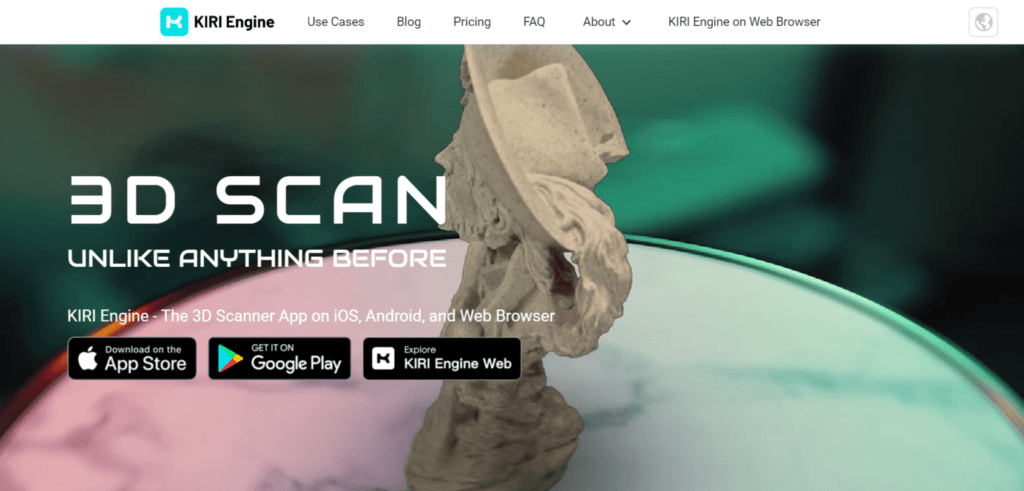
KIRI Engine is renowned for its user-friendly interface and powerful photogrammetry capabilities. It allows architects to create detailed 3D models from photos taken with smartphones or cameras. The tool is ideal for capturing both small objects and large spaces.
2. Polycam
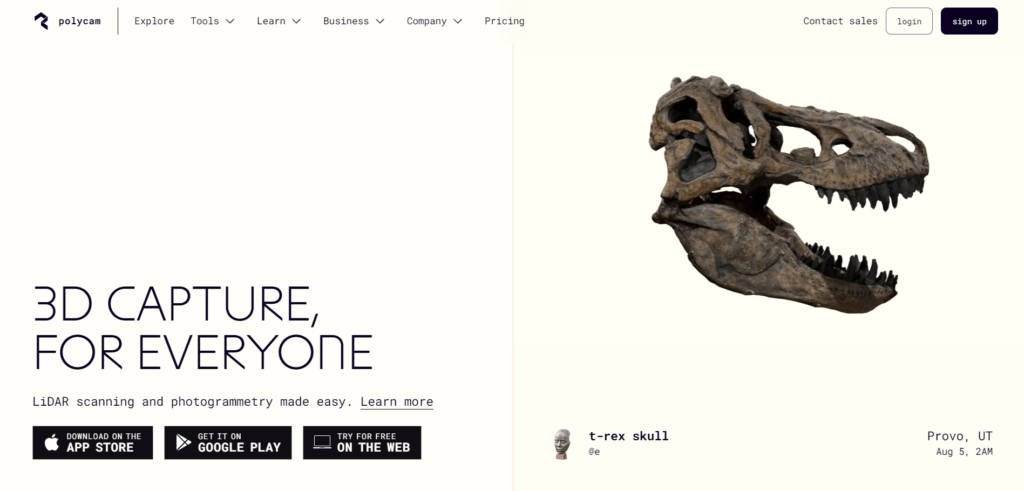
Polycam combines LiDAR and photogrammetry to offer versatile 3D scanning solutions. It supports mobile devices, DSLR cameras, and drones, making it suitable for various architectural applications. Polycam also features a 360-degree photo capture mode for immersive environment scans.
3. RoomScan Pro LiDAR
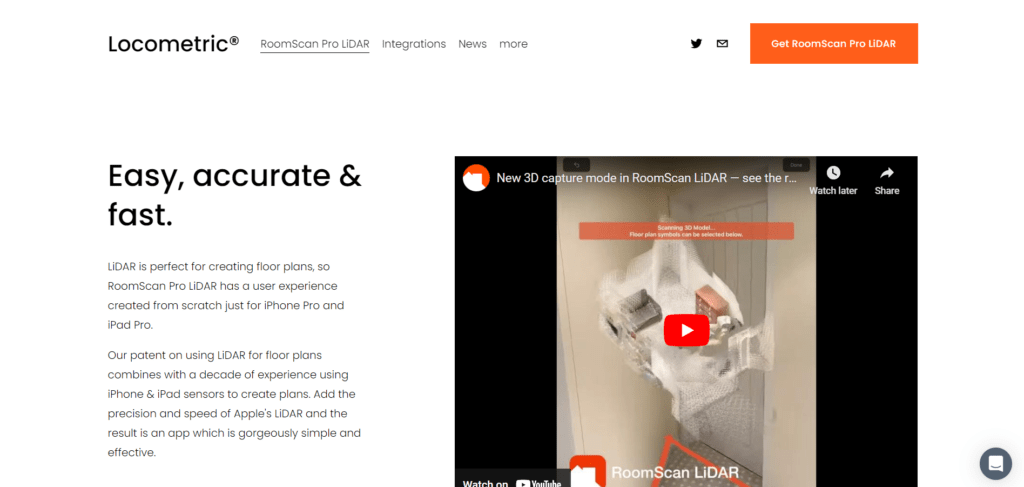
RoomScan Pro LiDAR is an app designed for capturing highly accurate interior scans using LiDAR technology. It generates realistic 3D models that can be exported in multiple formats, including IFC, BIM, and CAD files.
4. LARKI – 3D Surveys Online
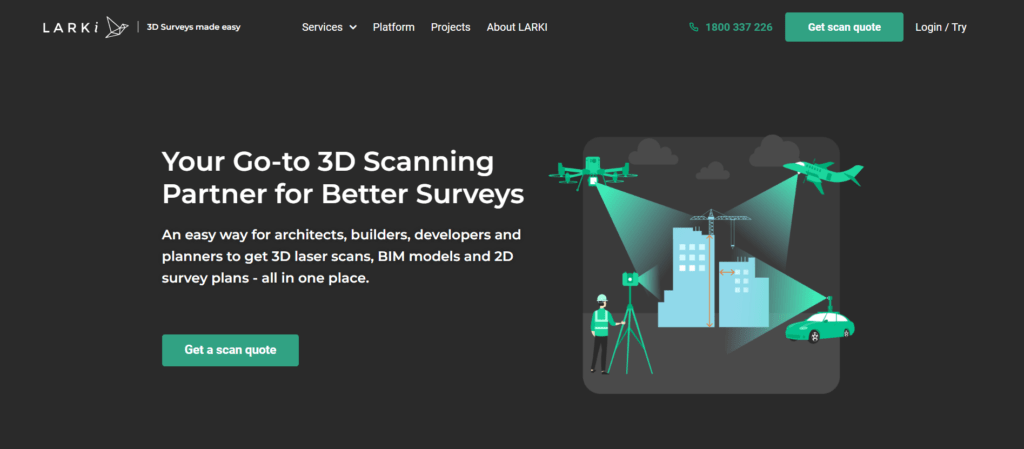
LARKI specializes in detailed 3D surveys for both interior and exterior spaces. Utilizing terrestrial laser scanners and drones, LARKI produces colorized 3D point-cloud data and offers additional services like 3D BIM models and 2D plan drawings.
5. Integrated Projects
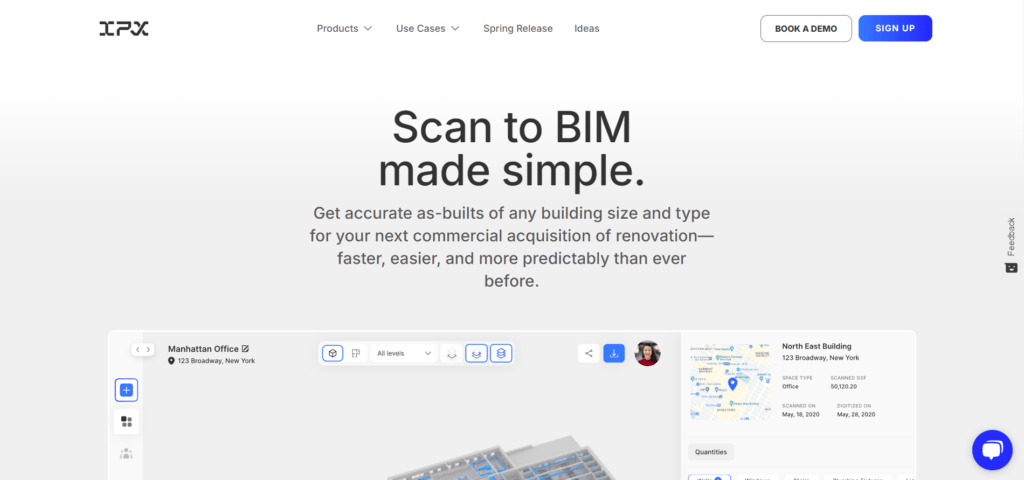
Integrated Projects transforms 3D scans into detailed BIM models. This tool bridges various departments involved in design and construction, generating comprehensive models that include materials, equipment, and energy analysis reports.
6. Luma AI
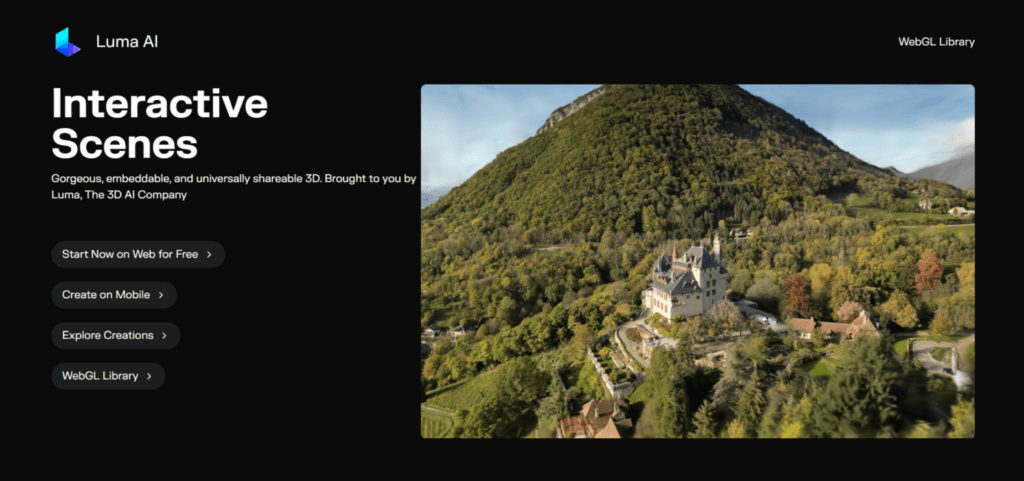
Luma AI leverages artificial intelligence to enhance 3D scans, creating interactive and realistic scenes. Available on mobile devices and online, Luma AI ensures efficient, shareable files with preserved colors and textures.
7. Recloud
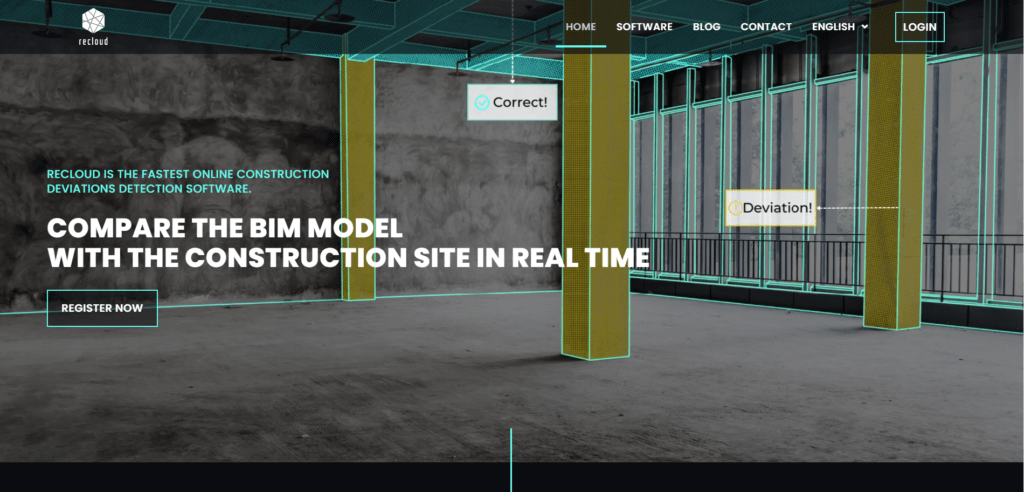
Recloud compares BIM models with scanned point clouds to identify deviations between design and as-built stages. It supports IFC and PLY formats and generates automatic reports, making it ideal for quality control and construction monitoring.
8. Canvas
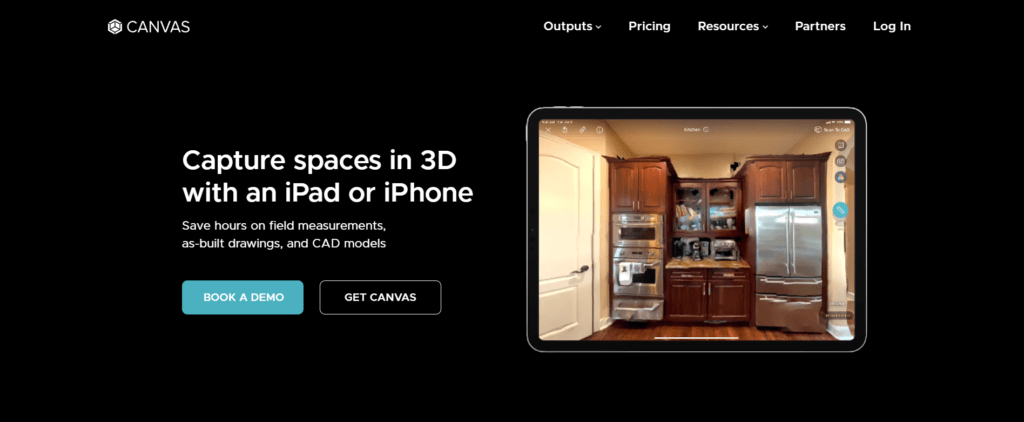
Canvas is a mobile 3D scanning app that captures accurate room models using the Structure Sensor. It provides a scan-to-CAD service, converting scans into professional-grade CAD files, which is useful for architects and designers.
9. Artec3D
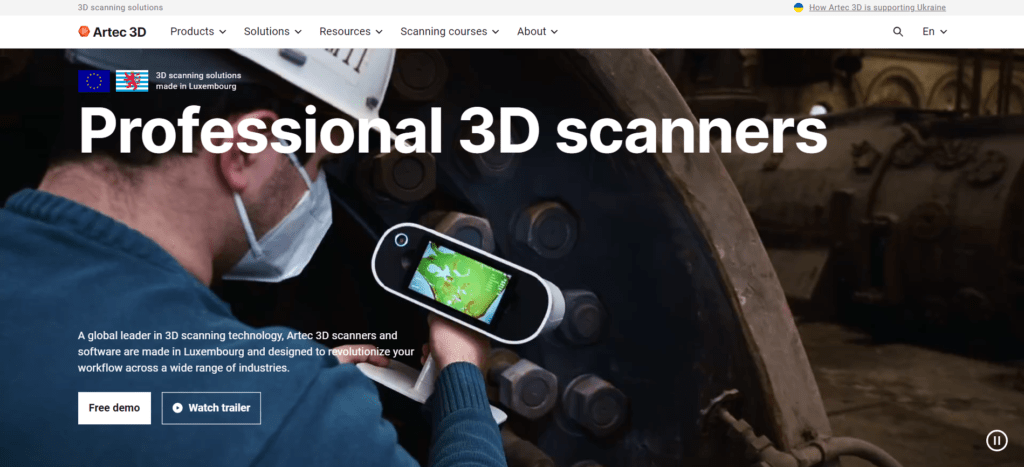
Artec3D offers a range of high-precision 3D scanners suitable for various architectural applications. Their devices are known for capturing detailed textures and geometries, making them ideal for both small and large-scale projects.
10. Trnio 3D Scanner
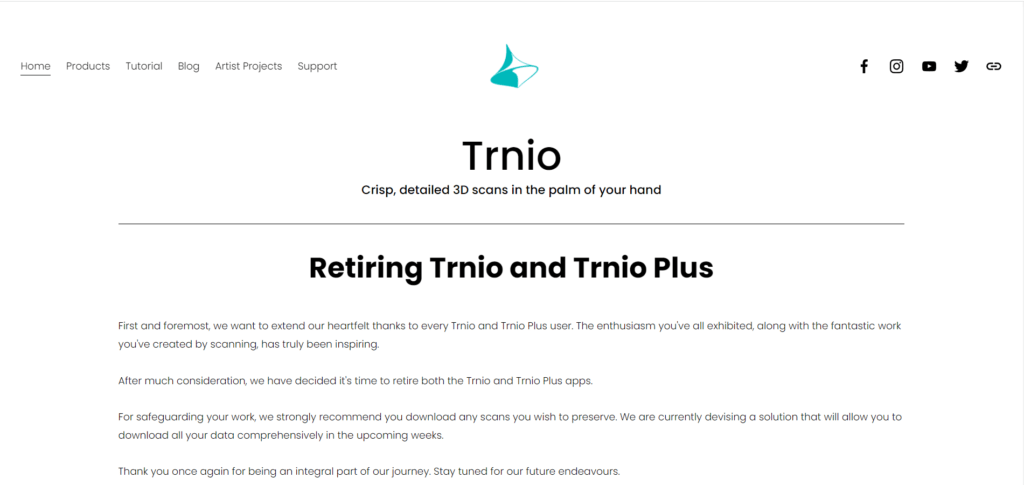
Trnio is a mobile app that converts photos into 3D models. It is compatible with iOS devices and offers an easy-to-use interface, making it accessible for architects who need quick and accurate scans.
Conclusion
3D scanning software has become an essential tool in the architectural industry, providing unparalleled accuracy and efficiency. Whether for renovation projects, as-built documentation, or historic preservation, these tools enable architects to capture and analyze real-world spaces with remarkable detail. By integrating 3D scanning technology into their workflows, professionals can enhance their design processes and achieve better project outcomes.

